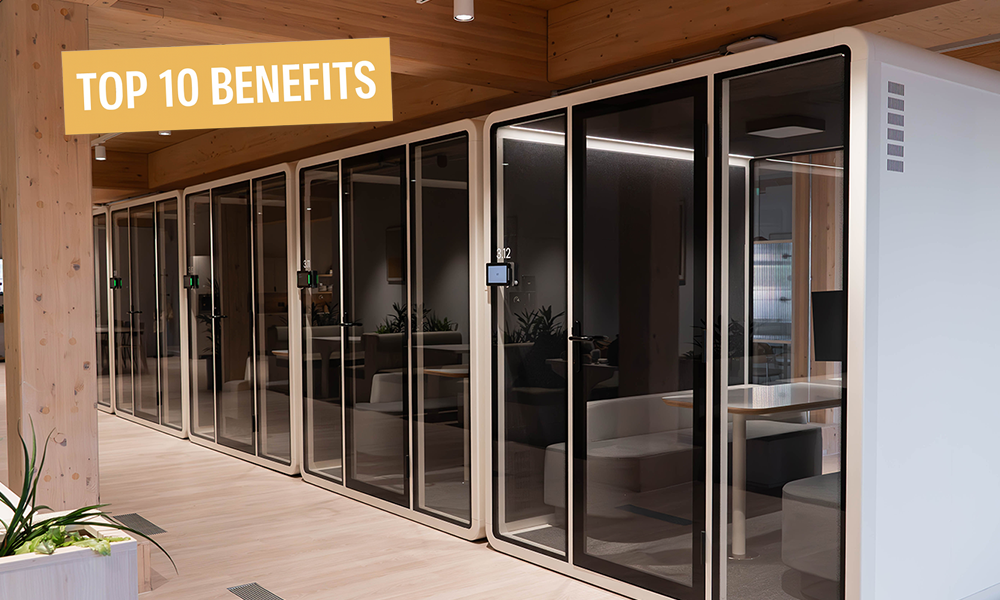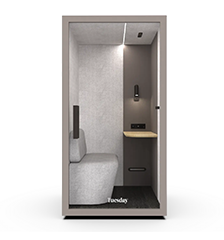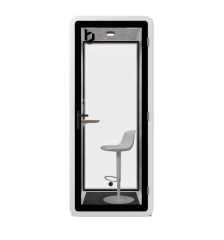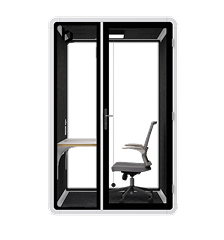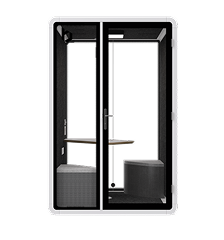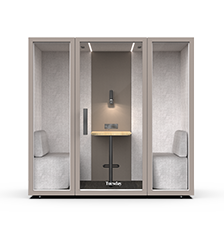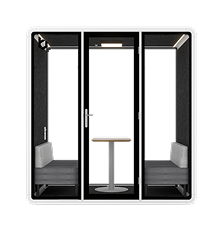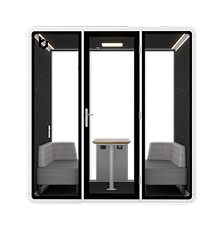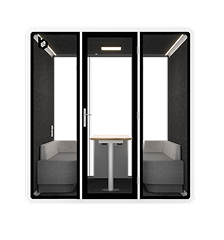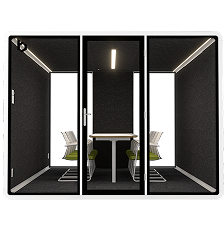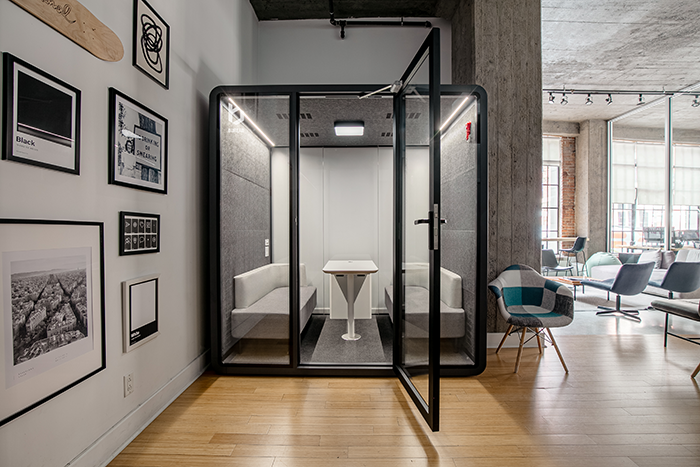Office Culture
You’ve had time off, whether it was three days, three weeks, or three months. You finally unplugged, slept in, maybe even forgot what day it was (the dream). And now…work is back on the calendar.
The only problem? Your brain’s still on a beach somewhere. Or curled up on the couch. Or anywhere but your inbox.
Getting back into work after a break, no matter how long, can feel clunky. But the good news is that you don’t have to try to work at the speed of light to get caught up on everything. Here’s how to ease the transition and actually enjoy the process of returning.
#1 Don’t expect instant productivity
Let’s normalize the post-vacation fog.
You don’t need to return at 100% output on Day One. In fact, expecting yourself to hit the ground running often leads to burnout before lunchtime. Instead, focus on easing back in.
- Check your calendar
- Scan your inbox
- Prioritize just one or two things to tackle first.
Short break or long, your brain needs a buffer. Give it one.
#2 Create a soft re-entry plan
If you’re returning from a longer break, like parental leave or extended time off, give yourself a mini roadmap.
For example:
- Day 1: Reconnect with teammates, review open projects
- Day 2–3: Set updated priorities and ease into key tasks
- Week 1: Identify what’s changed and where you want to focus moving forward
Even after a week-long trip, setting intentional goals for your first few days back can help you re-engage without the panic.
#3 Block time before you dive in
Here’s a trick that actually works. Block out the first hour (or morning) of your first day back just for yourself. No meetings. No calls. No pressure.
Use it to:
- Review your to-do list
- Catch up on what you missed
- Get your bearings
It’s a simple move that makes the entire day feel less chaotic and helps you reset with intention.
#4 Protect your focus early
When you’ve been offline or away, the first thing to go is your focus muscle. Jumping into back-to-back meetings or answering every ping immediately will only leave you more scattered.
Instead, make some time to do your most important work first, even if it’s just 30 minutes at a time.
(And if you’re in a shared office or noisy environment, this is where having a private space like an Bureau Booth makes all the difference. It gives you a calm, distraction-free zone to recalibrate and reconnect.)
#5 Bring something back with you
One of the best parts of time off, whether it’s a full sabbatical or a long weekend, is the perspective it gives you.
Maybe you realized you don’t need to check email after hours, you’re more creative with a morning walk, or you feel better when you actually eat lunch away from your desk
Bring some of that clarity back with you. Use it to shape how you want to work moving forward.
6. Give yourself a little grace
You might forget a password. You might glaze over during a meeting. You might need a second (or third) coffee to push through your first full day back.
That’s okay.
Taking time off is good. Feeling a little rusty after is normal. The important thing is that you came back, and you get to decide how to re-enter in a way that works for you.
Share article with your community!
Office Culture


